8 Car Features That Will Soon Be Obsolete

A lot has changed over the past few years and the next car you buy may be missing a few features you’re used to.
Tech moves very quickly these days and automakers are responding. Here are some features we’re slowly seeing disappear in modern vehicles. Anything you’d miss?
CD Players
We used to have cars that could carry multiple CDs, but now cars are starting to hit customers without even a single tray. Thanks to Bluetooth, USB connectivity and auxiliary ports making it easier to play music from smartphones, automakers are ditching CD players. When was the last time you bought a CD any way?
Hand Brakes
That big chunky lever next to your shifter is also starting to disappear. More automakers are switching to an electric parking/emergency brake button or a foot-operated one. Although the function of a hand brake isn’t going anywhere, that tactile and satisfying feeling of yanking it is something that will certainly be missed.
Mirrors
Mirrors have been a safety feature in cars for a long time, with little modifications to help them be safer. We can now have edges of mirrors show more details with a convex pattern or a light tell us if there’s a car in our blind spot, but thanks to cameras, mirrors may be a thing of the past. Cadillac is changing your rear-view mirror into a camera-display system that provides a wider field of vision than the normal mirror, while Honda has been including a camera in the passenger side mirror that provides a better view of what’s happening in your car’s blind spot.
Physical Gauges
Will your next car have a traditional gauge cluster? Probably not, since so much information can be shown more effectively using a digital dashboard. More and more cars are including information-dense screens in front of the driver, which are so much more useful and versatile than a traditional gauge. They can change units easily, provide more information, and are typically customizable. Some cars, like those from Audi, have included large, dynamic maps on the screen in front of the driver, making navigation a breeze.
ALSO SEE: A Look at Audi’s Beautiful and Functional Digital Dashboard
True AWD
Speaking of Audi, when the brand announced it was changing the way its all-wheel drive system works, it signalled another loss of a true, permanent four-wheel drive system. Many other automakers have a “slip and grip” system, which sends power to only one axle (usually the front wheels) until additional grip is needed. This is due to the stringent fuel economy requirements set out by the EPA that ensures cars are more fuel efficient. By limiting how much power goes to wheels that don’t need it, cars are consume less fuel.
Keys
Keys have changed quite a bit in the past few years. Most new cars these days don’t require drivers to physically put a key into the ignition to start the car or use one to even open the door. Proximity key fobs, which also allow you to unlock and lock you car by touching the handle of the vehicle, are far more practical than taking a key out of your pocket or bag. But now cars are starting to have smartphone support for such features, and automakers like Volvo are seriously considering replacing keys altogether with smart devices.
Gear Sticks
While manual stick shifts are slowly being killed off, traditional gear selectors are going away too – they are increasingly being replaced by buttons or steering wheel columns to free up space on the center console.
ALSO SEE: 9 Clever Futuristic Technologies That Will Soon Be in Every Car
Physical Buttons/Knobs
Thanks to the large touchscreen infotainment systems included in newer cars, automakers have started removing knobs and buttons related to media or HVAC controls. In many cases, this has been a pretty significant loss – sliding your finger to adjust the volume just doesn’t feel as tactile or precise as using a knob. Cadillac’s CUE uses a fully touch-sensitive system, while gesture controls are also being rolled out in higher-end BMWs.

Sami has an unquenchable thirst for car knowledge and has been at AutoGuide for the past six years. He has a degree in journalism and media studies from the University of Guelph-Humber in Toronto and has won multiple journalism awards from the Automotive Journalist Association of Canada. Sami is also on the jury for the World Car Awards.
More by Sami Haj-Assaad



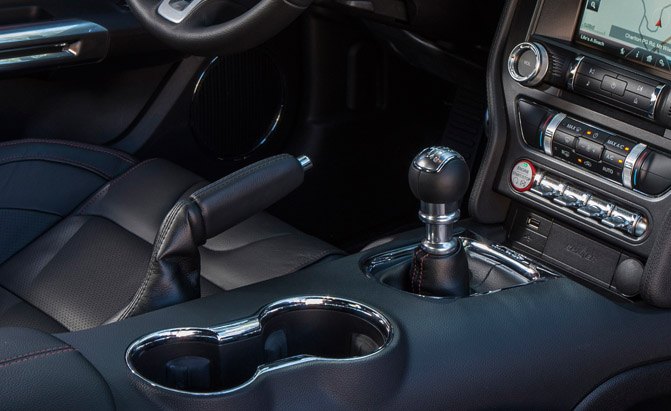



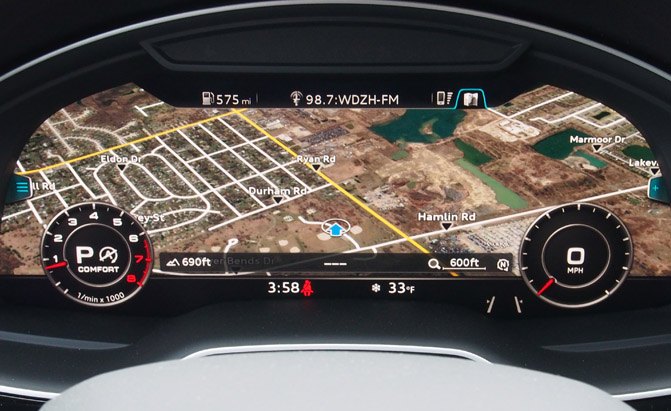

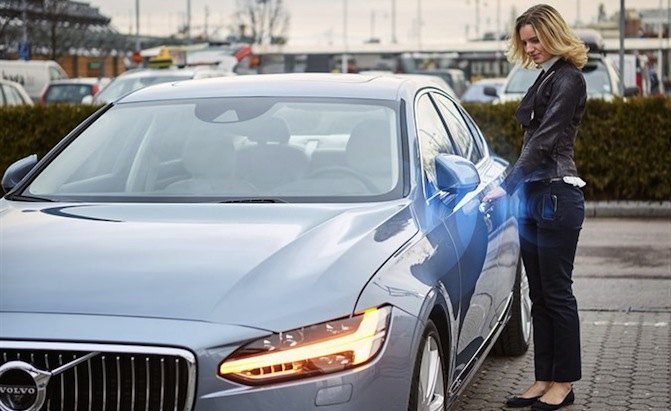














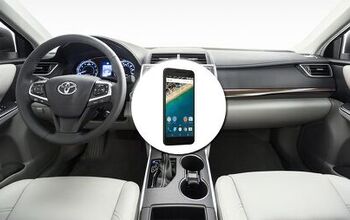
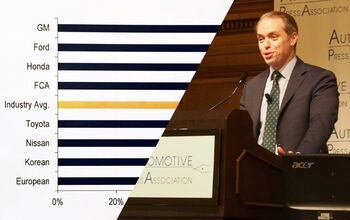


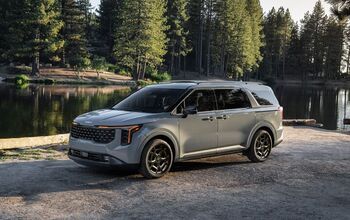


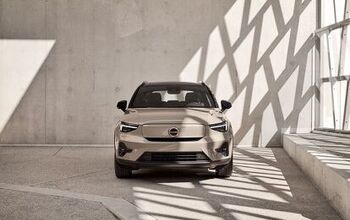






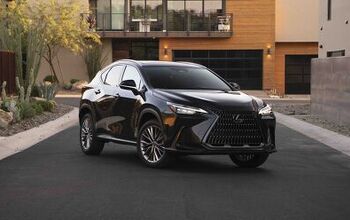
Comments
Join the conversation
As much as i will miss them, gauge clusters are going to end up as screens. They're cheaper -think how cheap tablet computers are - and since billions of those get sold, the technology can be leveraged. Electromechanical speedometers, tachs, fuel gauges, etc. are more complicated and more expensive to build since they have moving parts. Plus, screens give the ability to easily change what displays you see and when. They can be infinitely configurable, and the car maker can give you different displays depending on what you want to see. Anyone else remember Saab's "night panel" from the 80's? Everything but the speedo was dark, to help with night vision, and when something needed attention (temperature, fuel, etc.) the panel would light up. Using screens takes that to the next level. Bear in mind, I'm not talking about the climate/radio controls, but the gauge cluster, where we already look away from the road for a moment to see how fast we're going. They'll end up being more reliable, since no moving parts and no bulbs to replace if an indicator light stops working. Fixable by the owner? Not really, but neither have the regular clusters that have been used for the past 30 years. Very few people fix their own speedometer now, anyway. You just swap in a replacement. It won't be any more expensive than it is now, possibly cheaper, since they're easier to manufacture. Go ahead, call the Toyota dealership and ask the price of a replacement display for a '95 Camry. It will be many hundreds of dollars. An LCD display has the potential to be much less expensive. Still, I'll miss those nice, physical gauges, just on a purely aesthetic basis, but LED panels will just be cheaper and more reliable. And you can have different displays based on how you're driving. Normal everyday driving: big speedometer, smaller tach and other basic gauges. Driving for performance: big tachometer right in the center, where it belongs. You get the idea. As far as controls for the audio and climate control? Yeah, I don't like the idea of those becoming a touchscreen item in the center console where you have to take your eyes off the road to adjust the temperature, or the fan speed, or radio volume. Keep buttons and knobs for that, since you can reach for them and adjust without taking your eyes off the road. However, displaying the current status (temp, fan speed, radio station, etc.) on a screen is fine. Again, you've always had to look away to see that information. Just make sure that the screen layouts are intuitive and you don't need to scroll through menus go see basic information. But go ahead and hide the less accessed info. For example, I don't need a knob to adjust the fader or balance control on the audio system since I rarely change that, once it's set to my liking. I can do that when I'm stopped. What is "true AWD"? As long as the car can put power to the wheels that aren't usually driven somehow, and it works well, I don't really care how they do it. If manufacturers want to get away from using 3 differentials to get power to the rear wheels on an AWD car that normally runs in FWD or to the front wheels on one that normally is RWD, sure, use electric motors. Again, as long as you can drive all 4 wheels when you need it done, the way it's done is unimportant. Again, mechanical or fluid diffs aren't exactly uncomplicated. A big generator on the engine, used to create power to send to electric motors powering rear or front wheels is just as good as a setup of multiple differentials and driveshafts. Plus, with a few batteries, you can run in "electric only" mode for a few miles, should you get caught in traffic. Again, this isn't a new idea. The very first AWD vehicle was the Lohner-Porsche, and it was built over a hundred years ago. It used 4 motors, one to drive each wheel, and an engine driven generator to provide power for those motors. This is also how diesel trains work. The diesel engine drives a generator, and then that power is sent to wheel motors. They do this to avoid needing mechanical transmissions - just think of how much you'd need to slip the clutch to get a train moving from a dead stop if it had a normal transmission! Mirrors? Well, cameras are getting really cheap, can have varying sensitivity depending on light conditions, and can be placed anywhere. You can still have a screen in each door and on the windshield so the "mirror" will be in the same place as far as the driver is concerned. It'll just be a video screen being fed from a camera. And you can have lots of cameras - no more blind spots. Plus, it improves aerodynamics. Instead of a big hunk of glass and plastic hanging off each side of the vehicle (which adds lots of drag at highway speeds and can easily get broken off when you're parked on a narrow street or a parking lot) , you'll have much smaller cameras doing the job for you. You move the displays inside, but in the approximate same locations, so the user interface aspect is the same as it's always been. So, yes, things will change, but I see these things as improvements, overall. People were worried when fuel injection started replacing carburetors, and computers replacing mechanical distributors with points that needed adjusting twice a year. But look at the benefits: Compare the power and performance (and reliability) of a pre-1985 sedan to a modern one, and see the difference. Ten to 15 second 0-60 times for "average" cars used to be the norm. Now, anything that takes over 10 seconds is considered very slow. On cold days, you used to have to warm your car up for a few minutes before it would run well. Now, it's just start it up and drive off. Basic maintenance used to mean adjusting the points, distributor, carbs, gapping the plugs, etc. at least once, if not twice a year. Now, you get an oil change every 5-10K miles and you're good to go. No "tune-up" needed. 100K miles on a car typically used to mean it was a worn-out heap - you didn't buy one unless you were really in need of the cheapest car you could buy. Now, something like that is considered a decent used car, that will easily go another 100K, and that's the case with almost all car makers. On a per-mile basis, maintenance and repairs are much cheaper now than they were in the good old days. So, on the whole, these things are good.
We use the factory CD holder to place our cellphone mount. All music is placed on a Nano USB memory stick. If lost or stolen I'm out $15.